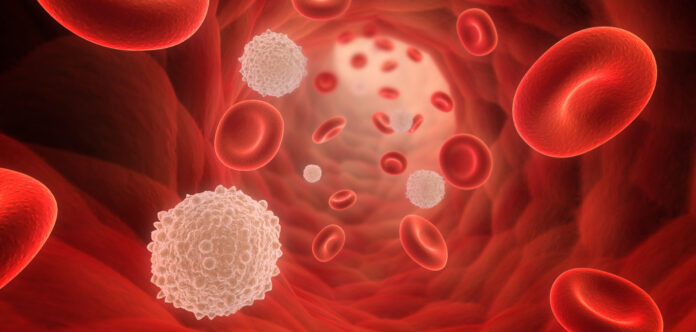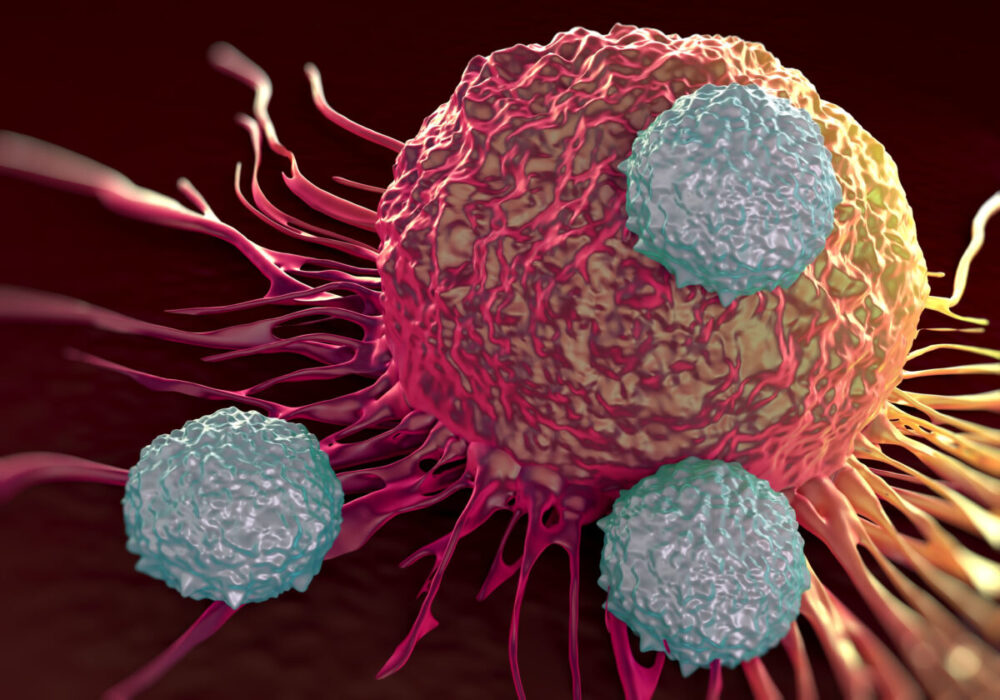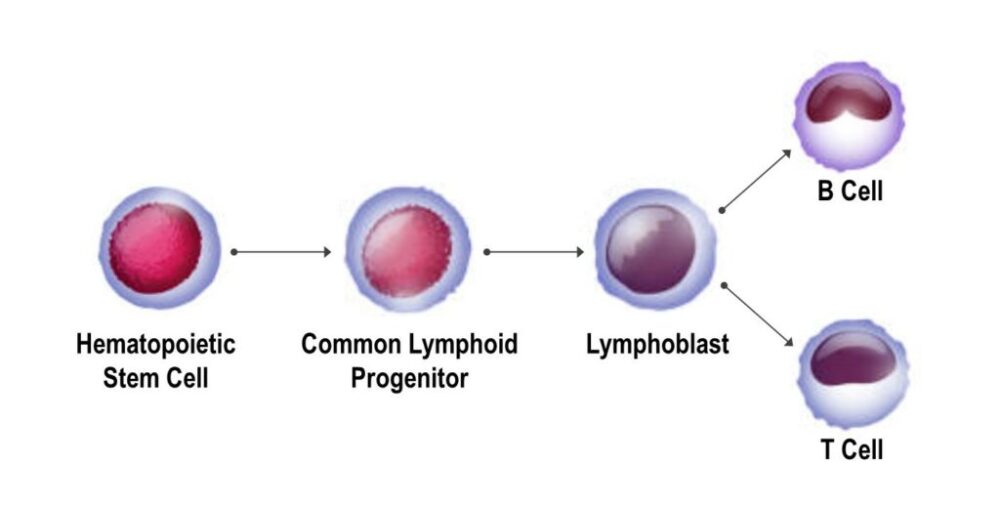
Winter colds, summer stomach bugs, seasonal flu – bacteria, viruses, and parasites threaten our health and well-being throughout the year. Luckily, our immune system, hot teas, fruit treats, and a good rest usually successfully battle these harmful pathogens.
One of the most essential elements of our immune system’s ability to quickly recover from an infection is B-cells. These types of cells are especially vital in the body’s ability to create “memory antibodies” and easily fight a recurring infection or after vaccination against the specific virus.
In this article, we’ll get to know these mighty immunity combatants, and answer how do B-Cells protect you from common bacteria and viruses.
What are B-Cells?

B-Cells, or B-lymphocytes, represent a sort of white blood cell vital for producing antibodies to fight pathogens. This type of cell is vital in humoral immunity, i.e., the immunity that’s primarily dependent on antibodies.
Identical to other white blood cells, B-Cells originate from hematopoietic stem cells, found in the spongy bone marrow, particularly in certain bones such as the vertebrae and the hip bone.
Once mature, B-Cells “swim” around in your blood and certain areas of your body, like lymph nodes.
How Do B-Cells Fight Infection?
B-Cells become “activated” when they come into contact with foreign antigens, such as bacteria causing an infection in the body.
In response, B-Cells differentiate into plasma cells which produce immunoglobulins – large proteins that serve as antibodies.
Now in the form of antibodies, B-cells attach to these foreign agents, acting as flags that attract other protective bloodstream chemicals to help destroy the infection-causing bacteria.
The Role of B-Cells in Developing Immunity

As said above – when young B-Cells circulate our bloodstream and perceive a potential threat, i.e., a body they deem foreign, they transform into plasma B-cells, which attack the cells of the pathogen and call for other defensive antibodies.
One plasma B-Cell creates antibodies for a single antigen. Our bodies have millions of these B-Cells; thus, they are able to fight a wide variety of infections that can attack our bodies.
While some of the activated B-Cells combat the infection, others develop into memory B-Cells. The latter type of cells reside usually in the spleen, lymph nodes, and bone marrow.
Memory B-Cells “remember” the antigens they fought; therefore, they can act rapidly in case the antigen reappears in the body. These cells boast extremely lengthy lifespans, meaning they provide us with long-lasting resistance to many pathogens.
This unique trait of B-Cells makes the basis of vaccines. Every vaccine contains antigens that, once the specific pathogens we are immunized against enter the body, stimulate the B-Cells to produce antibodies. Then, the antibodies will attack the cells of that pathogen.

The Bad Side of B-Cells
Unfortunately, plasma B-Cells can produce antibodies to antigens native to the human body. In this case, the body basically “attacks” itself, causing a variety of autoimmune diseases, including lupus, rheumatoid arthritis, multiple sclerosis, and type 1 diabetes.
Moreover, B-Cells may, again on their own, transform into malignant cells, and cause B-Cell cancers, including chronic lymphocytic leukemia, acute lymphoblastic leukemia, and some types of lymphoma.








